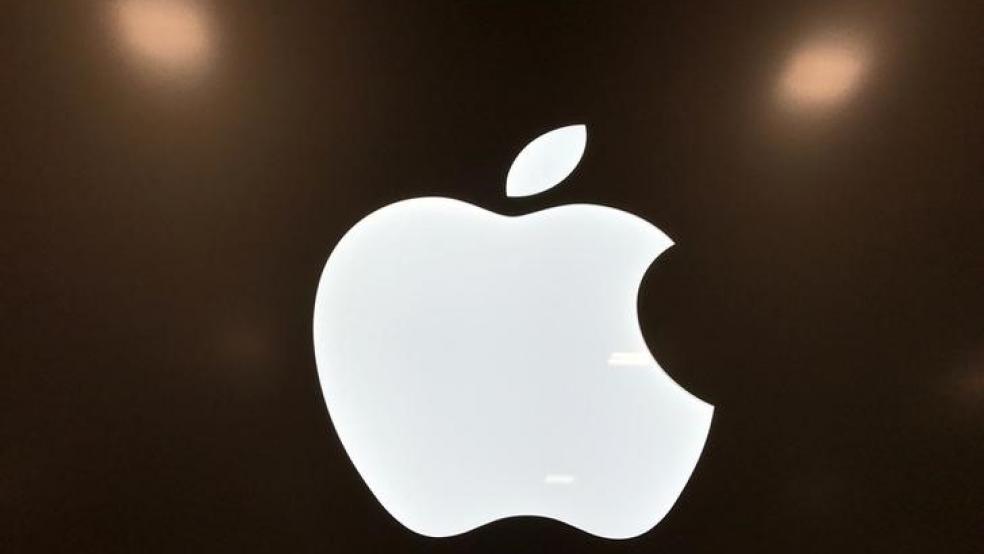The Employment Cost Index, the broadest measure of labor costs, increased 0.6 percent after an unrevised 0.7 percent rise in the third quarter, the Labor Department said on Wednesday. That lifted the year-on-year rate of increase to 2.6 percent, the largest increase since the first quarter of 2015, from 2.5 percent in the third quarter.
Economists polled by Reuters had forecast the ECI rising 0.6 percent in the final three months of 2017.Wages and salaries, which account for 70 percent of employment costs, rose 0.5 percent in the fourth quarter after advancing 0.7 percent in the prior period. Wages and salaries were up 2.5 percent in the 12 months through December. That followed a similar gain in the year to September.Wage growth is expected to get a boost from a strong labor market, which is forecast to hit full employment this year. The unemployment rate is at a 17-year low of 4.1 percent and economists expect it to drop to 3.5 percent by the end of 2018. A $1.5 trillion tax cut package pushed through by the Trump administration and the Republican-controlled U.S. Congress in December is also expected to bolster compensation growth. The tax cut has resulted in some companies either paying out one-time bonuses or raising wages for employees. Companies like Starbucks CorpU.S. labor costs increase solidly in the fourth quarter

ROBERT GALBRAITH



